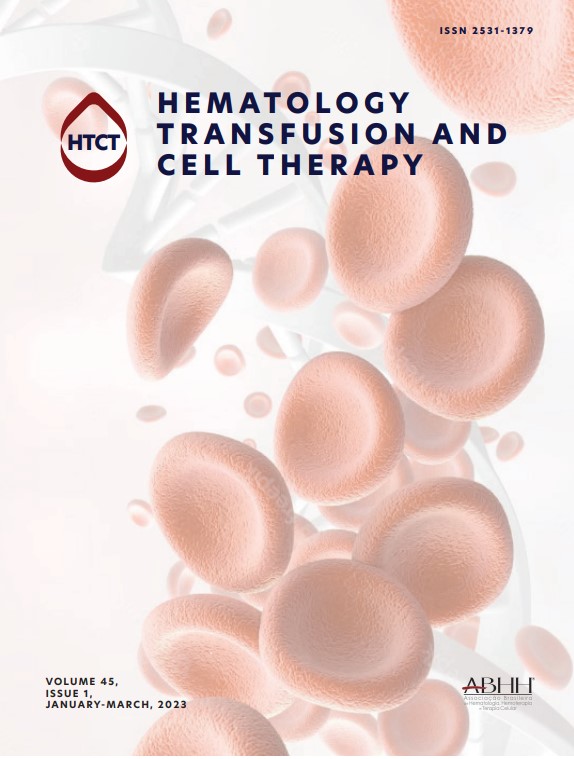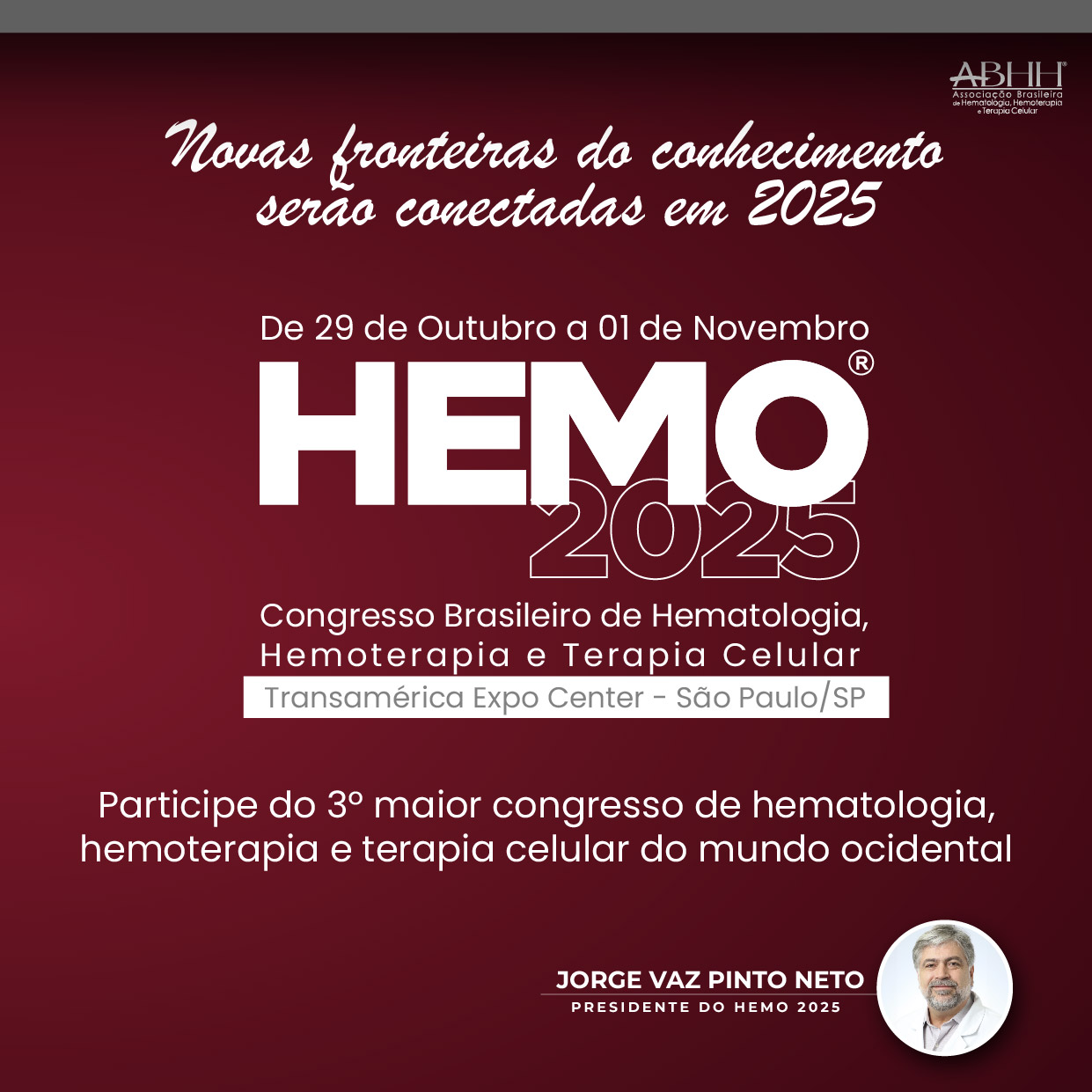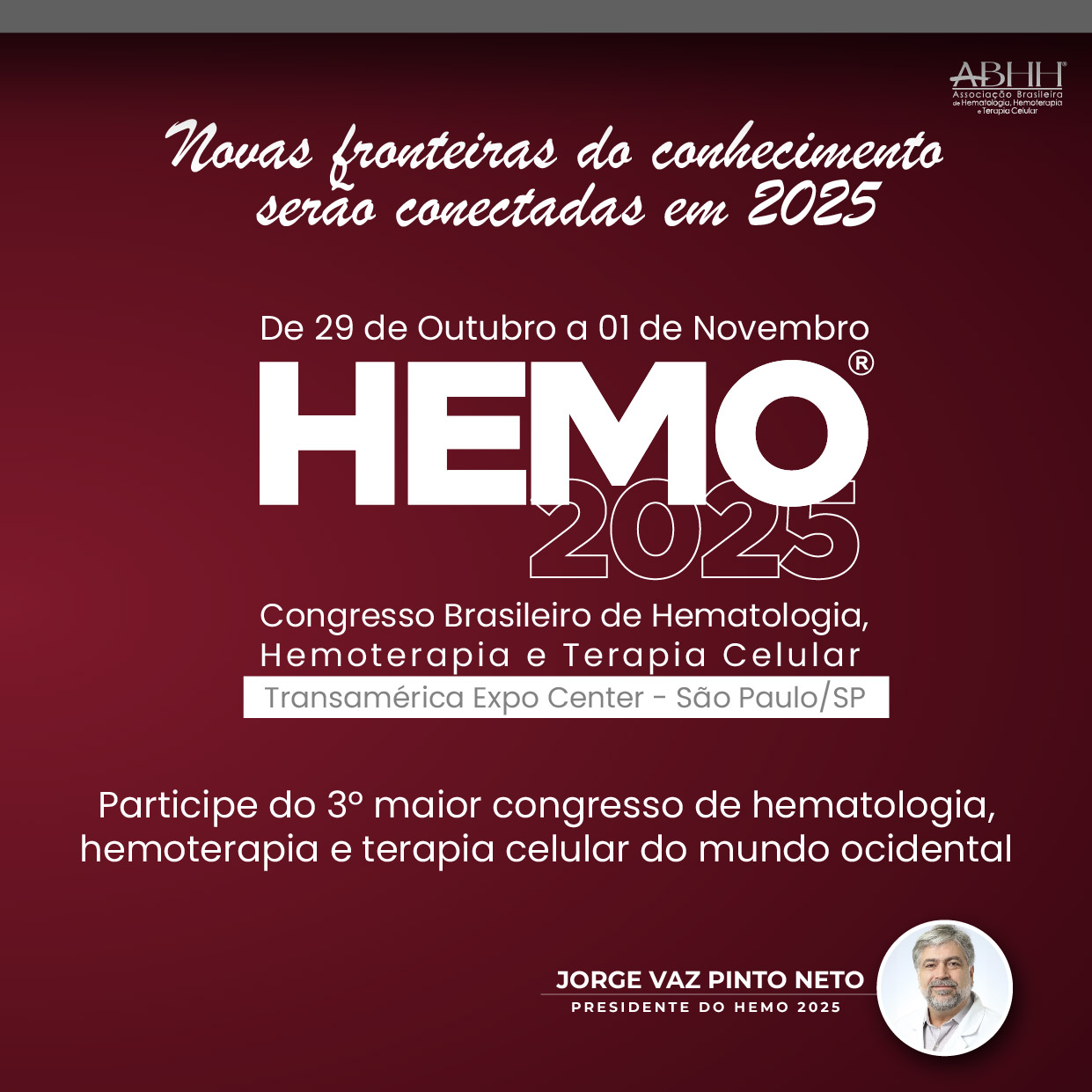Corresponding author at: Hospital de Clínicas da Universidade Federal do Paraná (UFPR), Rua General Carneiro, 181, Alto da Glória, 80060-900 Curitiba, PR, Brazil.
que se leu este artigo
| Ano/Mês | Html | Total | |
|---|---|---|---|
| 2025 11 | 169 | 25 | 194 |
| 2025 10 | 254 | 30 | 284 |
| 2025 9 | 419 | 28 | 447 |
| 2025 8 | 214 | 24 | 238 |
| 2025 7 | 155 | 18 | 173 |
| 2025 6 | 77 | 16 | 93 |
| 2025 5 | 123 | 23 | 146 |
| 2025 4 | 87 | 18 | 105 |
| 2025 3 | 80 | 12 | 92 |
| 2025 2 | 72 | 22 | 94 |
| 2025 1 | 67 | 19 | 86 |
| 2024 12 | 56 | 19 | 75 |
| 2024 11 | 57 | 21 | 78 |
| 2024 10 | 66 | 26 | 92 |
| 2024 9 | 85 | 26 | 111 |
| 2024 8 | 78 | 22 | 100 |
| 2024 7 | 62 | 36 | 98 |
| 2024 6 | 57 | 45 | 102 |
| 2024 5 | 65 | 44 | 109 |
| 2024 4 | 45 | 10 | 55 |
| 2024 3 | 69 | 25 | 94 |
| 2024 2 | 44 | 23 | 67 |
| 2024 1 | 76 | 23 | 99 |
| 2023 12 | 59 | 23 | 82 |
| 2023 11 | 61 | 34 | 95 |
| 2023 10 | 63 | 32 | 95 |
| 2023 9 | 63 | 38 | 101 |
| 2023 8 | 38 | 17 | 55 |
| 2023 7 | 46 | 13 | 59 |
| 2023 6 | 58 | 25 | 83 |
| 2023 5 | 50 | 13 | 63 |
| 2023 4 | 24 | 7 | 31 |






